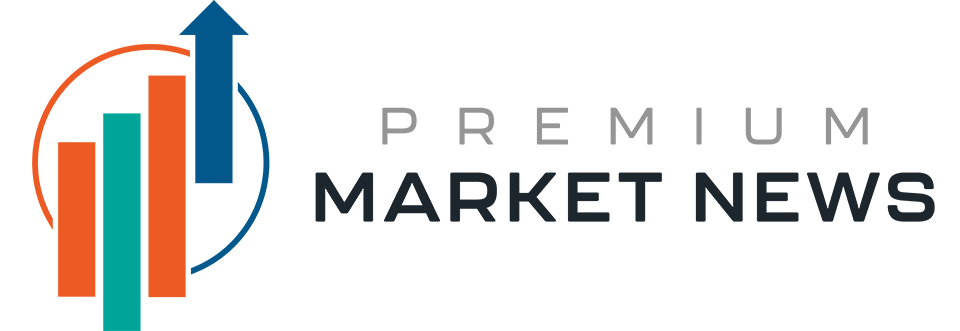The Retirement Savings for Americans Act, which would offer a federally-run program for uncovered low- and middle-income workers, was reintroduced in the Senate last week by Senator John Hickenlooper (D-CO), after being reintroduced in the House April 7 by Representative Lloyd Smucker (R-PA).
“Too many hard-working Americans are not able to prepare financially for retirement. Over half of working employees lack access to the tax-advantaged retirement benefits that many higher-income earners take advantage of to save. Additionally, as the workforce continues to innovate and more Americans become categorized as ‘gig workers,’ the reliance on traditional employer-sponsored plans causes too many workers to slip through the cracks. Hard-working Americans deserve a modern pathway to find financial security in their retirement,” said Rep. Smucker.
<!–>
“Roughly 50 million Americans lack access to an employer-sponsored retirement plan, which represents a significant roadblock to achieving financial security for their retirement,” said Senator John Hickenlooper (D-CO), who also reintroduced the bill. “The Retirement Savings for Americans Act tackles this real problem by establishing a pathway for savings for Americans lacking retirement options.”
–>
The bill was first introduced in late 2022, shortly before long-awaited SECURE 2.0 became law, and then again in 2023. The federal retirement plan would include a matching contribution for low- and middle-income workers, but only for those who participate in the plan.
<!–>
The new bill is targeted directly at the millions of working class Americans, such as those in the rural, gig economy or employed by small businesses, who don’t have access to a workplace retirement plan,” according to a statement from Sen. Hickenlooper and Senator Thom Tillis (R-NC).
–> <!–>
The bill is supported by the AARP. “Nearly 1 out of 4 Americans has no retirement savings, and more than half of all Americans report they are concerned they will not achieve financial security in retirement … Today nearly half of all private-sector employees do not have access to an employer-sponsored retirement savings program. The Retirement Savings for Americans Act would help more families across the country save for retirement,” said Bill Sweeney, Senior Vice President of Government Affairs, AARP.
–> <!–>
Charles Schwab Corporation is also in support of the RSAA. “Creating this kind of program meets an obligation we all share to help every working American build financial security and well-being in retirement … it isn’t a giveaway, but an incentive for working individuals to begin helping themselves and their families,” said Charles R. Schwab, Founder and Chairman, Charles Schwab Corporation.
–> <!–>
However, the American Retirement Association said “there is a need to address the retirement plan coverage gap in the private-sector workforce,” but the new bill would incentivize “employers to close their company 401(k) plan (in many cases with more generous employer contributions to rank and file employees)” to utilize the new American Worker Retirement Fund.
–> <!–>
This sentiment is also shared by Morningstar Center for Retirement & Policy Studies, which explained. “Employers would be less likely to offer a plan because the proposal’s federal match tax credit would effectively subsidize some portion of the employer’s contributions. This impacts retirement-income adequacy because savings rates in defined contribution plans are a lot higher than the bill’s 3% default rate. This is also true for lower-income workers.”
–> <!–>
In addition, said the ARA, SECURE 2.0 has “provisions specifically catered to encouraging small employers and gig workers to adopt retirement plans. These provisions created new small business friendly retirement plan designs, like pooled employer plans (PEPs) and the Starter K plan, as well as provisions that provide robust tax credits to small businesses for the adoption of new plans that may cover the entire cost to administer a plan.”
–> <!–>
The RCAA is modeled after the successful federal Thrift Savings Plan (TSP) and would offer federal matching contributions for low- and middle-income workers, with the match beginning to phase out at median income. The bill contains these provisions:
–> <!–>
Auto-enrollment: Full- and part-time workers who lack access to an employer-sponsored retirement plan would be eligible for an account, and they would be automatically enrolled at 3% of their income. Participants could choose to increase or decrease their withholding or opt out entirely at any time. Independent workers (including gig workers) also would be eligible.
Federal contribution: Low- and moderate-income workers would be eligible for a 1% automatic contribution (as long as they remain employed) and up to a 4% matching contribution via a refundable federal tax credit. This would begin to phase out at median income.
Portability: Accounts would remain attached to workers throughout their lifetimes.
Private Assets: The accounts would be the property of the worker, and the assets could be passed down to future generations to help them build wealth.
Investment options: Much like the TSP, participants would be given a menu of simple, low-fee investment options to choose from, including target date funds and index funds.
–> <!–>
Another strong supporter of the new RSAA bill is President Trump’s newly-appointed Director of the White House National Economic Council, Kevin Hassett, who served during the first two years of the Trump Administration. Hassett co-wrote the Economic Innovation Group’s white paper, Inclusive Wealth-Building Initiative, which was the basis for the RSAA legislation. His white paper and the RSAA bill are supported by the Economic Innovation Group, a billionaire-backed think tank advocating for radical reform of the retirement system.
–>
